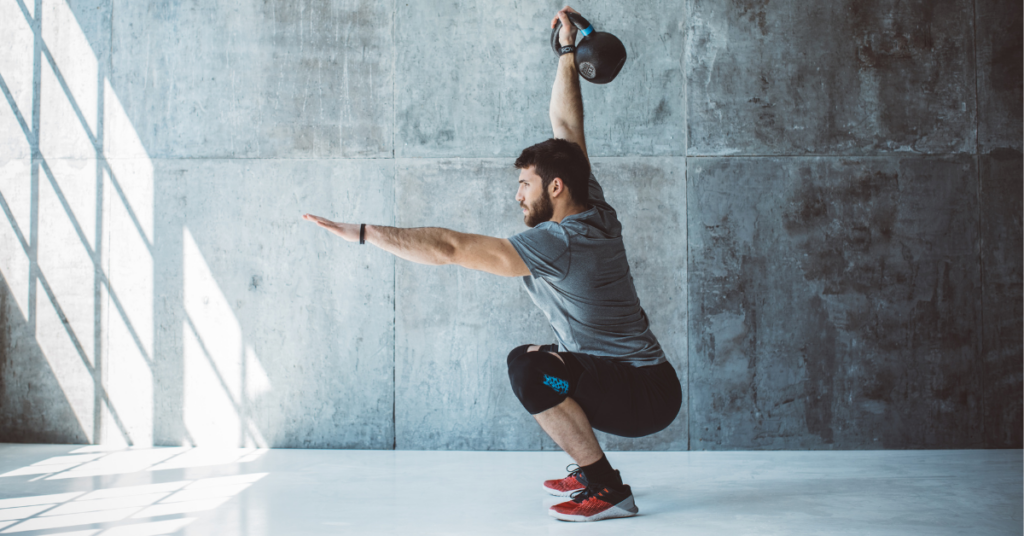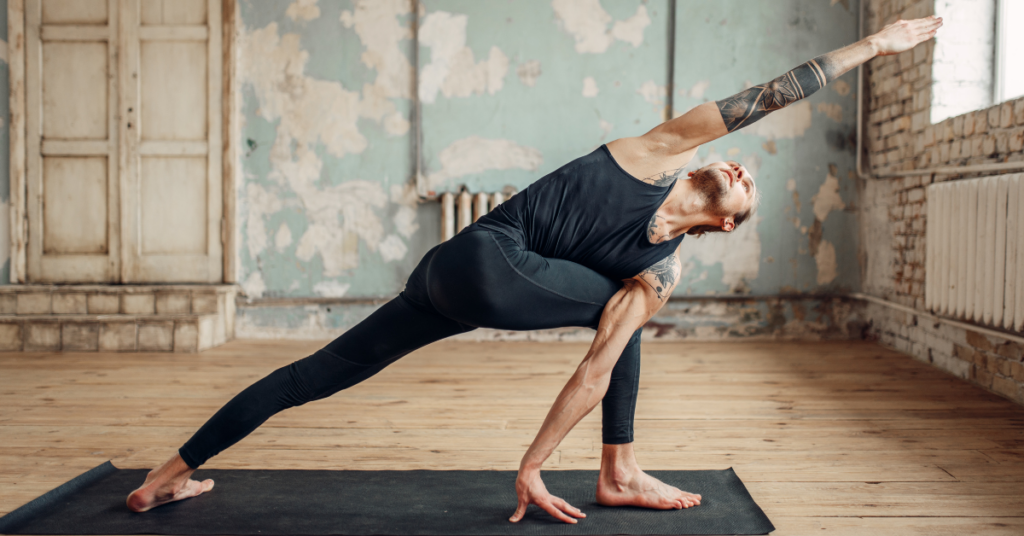Introduction
Whether you’re a professional athlete or a weekend warrior, incorporating proper warm-up and cool-down routines into your training regimen is essential for optimizing performance, preventing injuries, and promoting recovery.
In this article, we will delve into the importance of warm-up and cool-down routines, explore their benefits, and provide sample routines to help you make the most out of your workouts.
Warm-Up Routines
Definition and Purpose: A warm-up is a series of exercises and activities performed prior to engaging in physical activity. Its primary purpose is to prepare the body physically and mentally for the upcoming workout or competition.
Benefits of a Proper Warm-Up:
- Increased Muscle Temperature: A warm-up raises the body’s core temperature, increasing blood flow to the muscles and improving their elasticity. This prepares the muscles for optimal performance and reduces the risk of strains and sprains.
- Improved Joint Range of Motion: Dynamic stretching and mobility exercises during the warm-up help improve joint flexibility and range of motion. This enhances movement efficiency and reduces the risk of injury.
- Enhanced Neural Activation: A well-designed warm-up routine activates the neural pathways, improving coordination, reaction time, and motor skills. This can lead to better overall performance during sports and activities.
Components of an Effective Warm-Up:
- General Cardiovascular Warm-Up: Begin with 5-10 minutes of light aerobic activity such as jogging, cycling, or jumping jacks. This increases heart rate, elevates body temperature, and prepares the cardiovascular system for the upcoming exertion.
- Dynamic Stretching and Mobility Exercises: Perform dynamic stretches that mimic the movements of the activity you’ll be performing. Focus on major muscle groups and joints, gradually increasing the range of motion without bouncing or forcing stretches.
- Sport-Specific Movements and Drills: Incorporate specific movements and drills relevant to your sport or activity. This helps activate the muscles and neuromuscular pathways specific to the movements you’ll be performing.
Sample Warm-Up Routine:
- General Cardiovascular Warm-Up:
- 5 minutes of light jogging or cycling
- Arm circles and shoulder rolls to loosen up the upper body
- Dynamic Stretching and Mobility Exercises:
- Leg swings forward and sideways to warm up the hips
- Walking lunges to activate the lower body
- Arm swings and trunk rotations for upper body mobility
- Sport-Specific Movements and Drills:
- Plyometric exercises like squat jumps or lateral bounds for explosiveness
- Sport-specific drills such as dribbling drills for basketball or agility ladder exercises for soccer
Cool-Down Routines
Definition and Purpose: A cool-down is a period of gradually decreasing activity performed after intense exercise or competition. Its purpose is to facilitate recovery, reduce muscle soreness, and promote the body’s return to a resting state.
Benefits of a Proper Cool-Down:
- Enhanced Recovery: A cool-down allows the body to gradually transition from intense activity to a resting state, aiding in the removal of metabolic waste products and facilitating the replenishment of energy stores.
- Reduced Muscle Soreness: Cooling down with gentle exercises and stretching helps prevent the buildup of lactic acid in the muscles, reducing post-workout soreness and stiffness.
- Promoted Flexibility: Static stretching during the cool-down improves muscle flexibility and helps maintain or improve joint range of motion.
Components of an Effective Cool-Down:
- Gradual Decrease in Intensity: Gradually decrease the intensity of your activity, transitioning from higher intensity exercises to lower intensity movements.
- Static Stretching and Flexibility Exercises: Perform static stretches targeting major muscle groups. Hold each stretch for 20-30 seconds without bouncing, focusing on gentle tension.
- Foam Rolling and Self-Myofascial Release: Use a foam roller or other self-massage tools to release tension and tightness in muscles and fascia. Roll over major muscle groups, applying gentle pressure to alleviate muscle knots and trigger points.
Sample Cool-Down Routine:
- Gradual Decrease in Intensity:
- Slow down your running pace or decrease the resistance on a cardio machine.
- Perform lighter weight or lower intensity exercises if strength training.
- Static Stretching and Flexibility Exercises:
- Standing quad stretch
- Hamstring stretch
- Chest stretch
- Calf stretch
- Tricep stretch
- Foam Rolling and Self-Myofascial Release:
- Roll the foam roller along the major muscle groups, focusing on areas of tightness or discomfort.
Best Practices for Warm-Up and Cool-Down:
- Tailor Routines to Specific Sports and Activities: Consider the movements and demands of your sport or activity when designing your warm-up and cool-down routines. Focus on areas that are most prone to injury or tightness based on the specific movements involved.
- Listen to the Body and Adapt as Needed: Pay attention to how your body feels during warm-up and cool-down. Modify exercises or stretches if something feels uncomfortable or aggravates a pre-existing condition. Consult with a sports professional if needed.
Conclusion
Incorporating proper warm-up and cool-down routines into your training regimen is crucial for optimizing performance, preventing injuries, and promoting recovery. A well-designed warm-up prepares your body physically and mentally for activity, while a thorough cool-down helps facilitate recovery and reduce post-workout soreness.
Tailor your routines to your specific sport or activity, listen to your body, and prioritize these essential components of your training routine for long-term athletic success and well-being.
FAQs
- How long should a warm-up and cool-down last?
- A warm-up should typically last 10-15 minutes, while a cool-down can range from 5-10 minutes. Adjust the duration based on the intensity and duration of your workout.
- Should I stretch before or after exercise?
- Dynamic stretching should be performed during the warm-up before exercise, while static stretching is more appropriate during the cool-down after exercise.
- Can I skip the warm-up if I’m short on time?
- It’s not recommended to skip the warm-up, as it increases the risk of injury and reduces performance. Modify it to fit the time available, but always prioritize a brief warm-up.
- Should I perform the same cool-down routine after every workout?
- The cool-down routine can be similar for most workouts, focusing on gradual intensity decrease, static stretching, and foam rolling. However, you can modify it based on specific needs or areas of tightness.
- Can I use dynamic stretching during the cool-down?
- Dynamic stretching is most effective during the warm-up to prepare the body for activity. During the cool-down, it’s best to focus on static stretching and gentle movements to promote recovery.
Disclaimer: When it comes to injury prevention and recovery, always seek professional guidance and advice from medical professionals who will be in a position to better address specific concerns or issues related to your individual situation. In no event shall we be liable for any direct, indirect, incidental, special, or consequential damages arising out of or in connection with your use of this website or the content provided herein.







